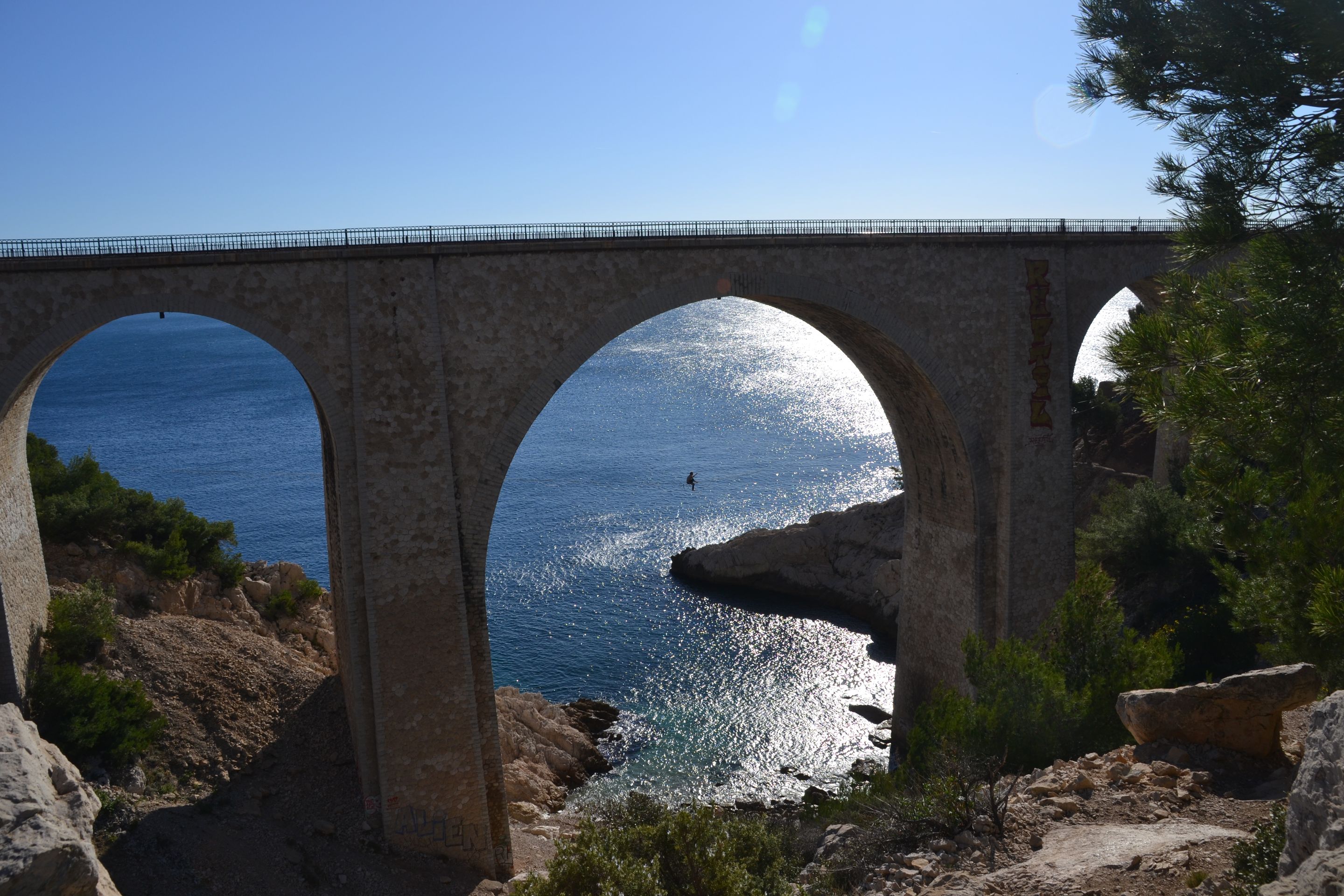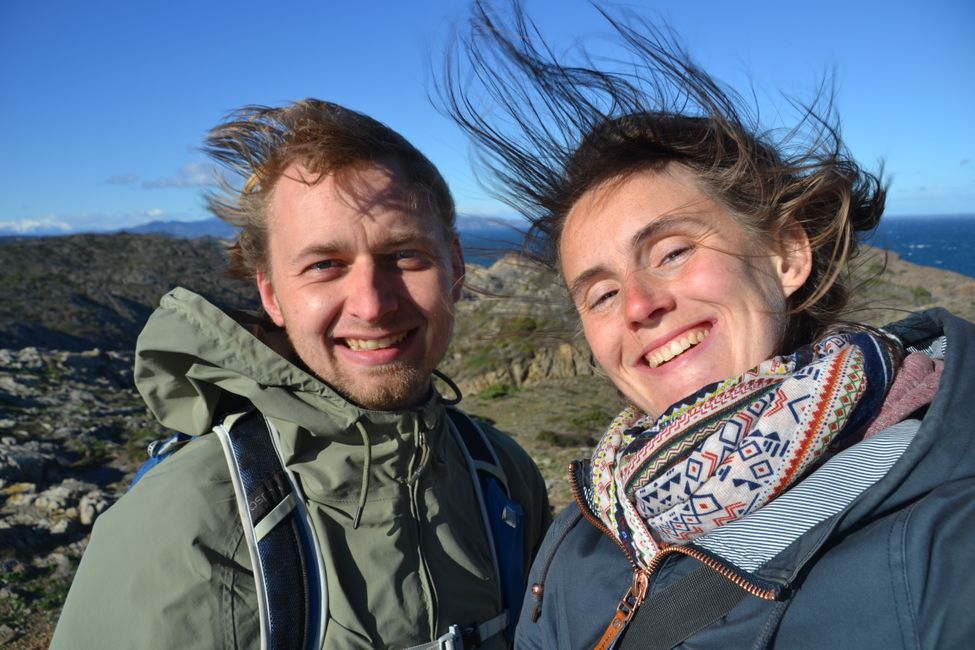#73 On Safari in Spain
Lofalitsidwa: 22.02.2022
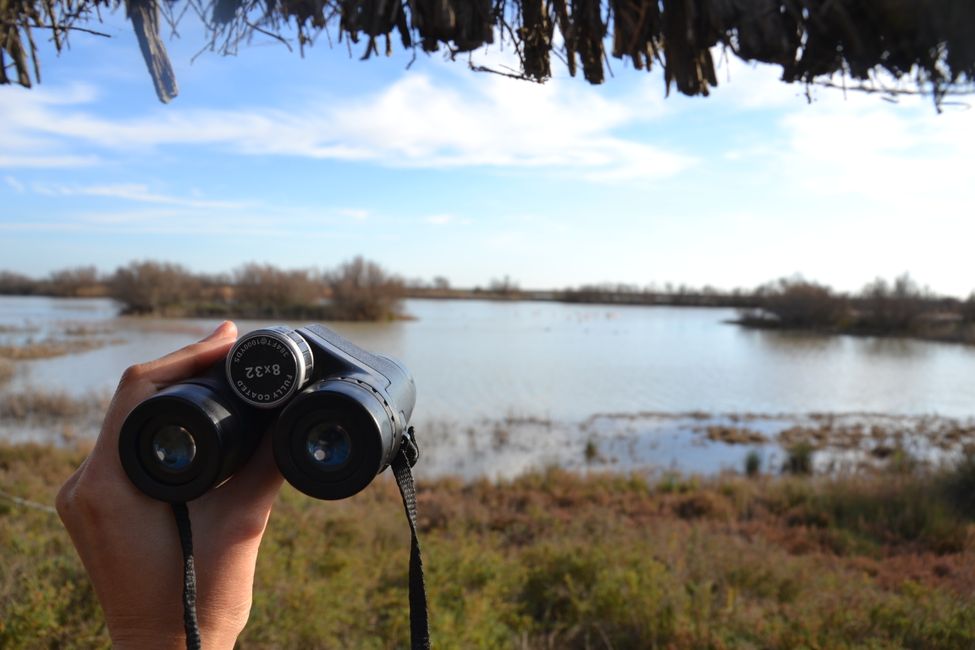
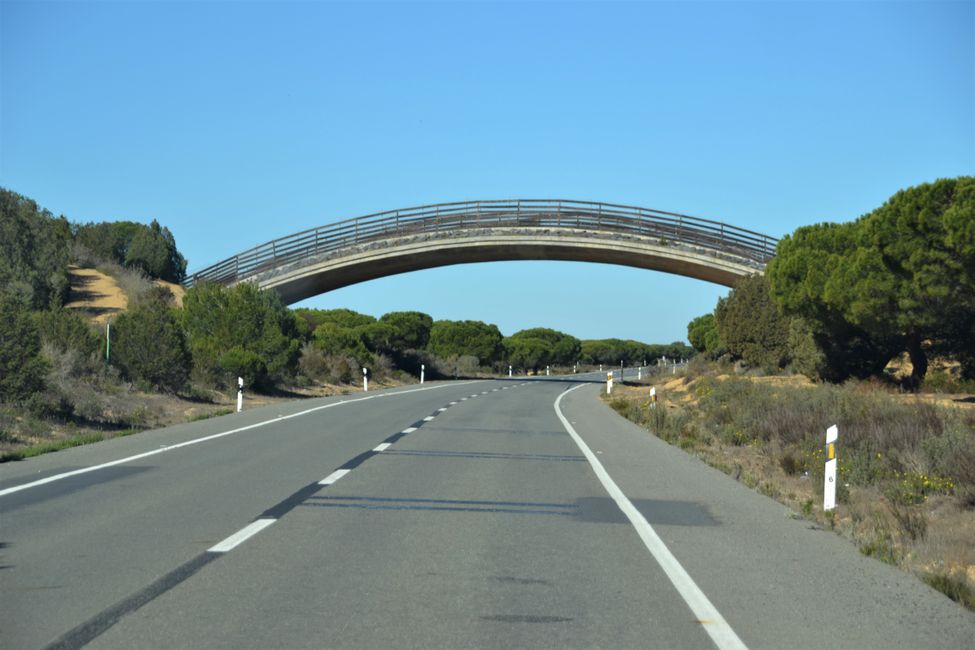
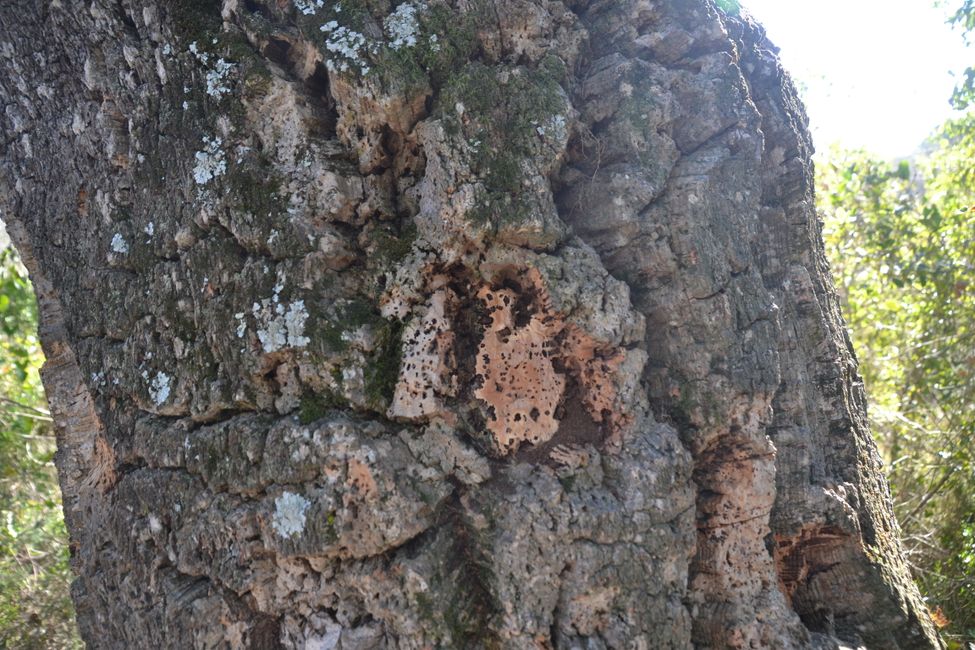
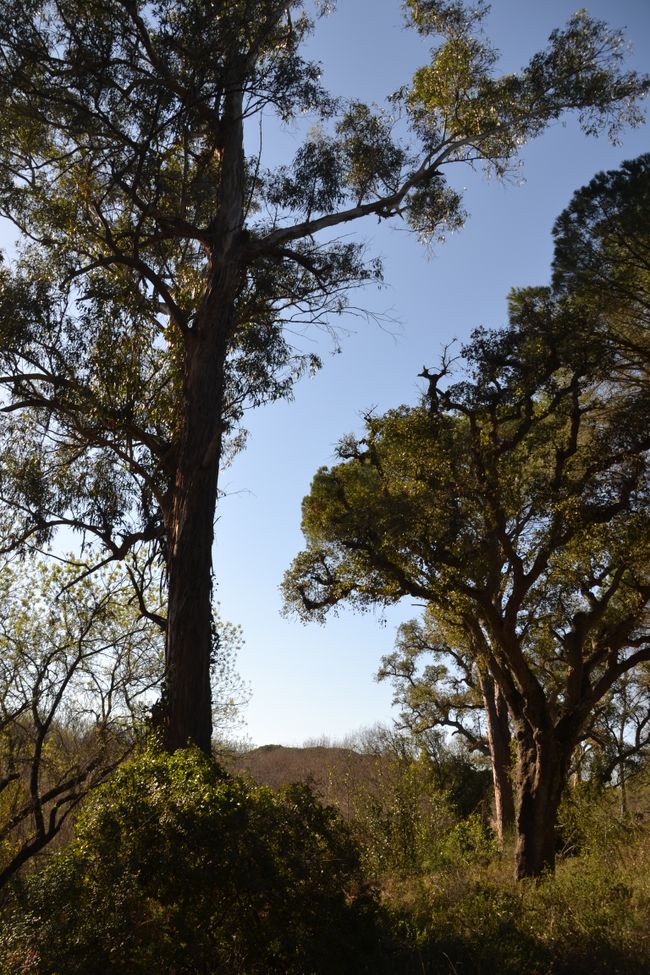
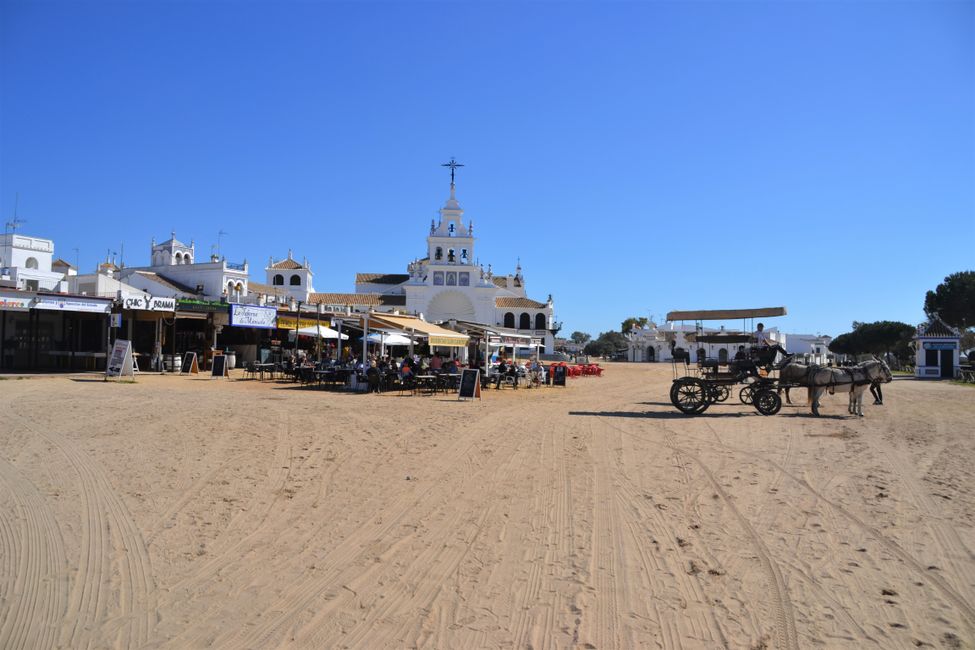
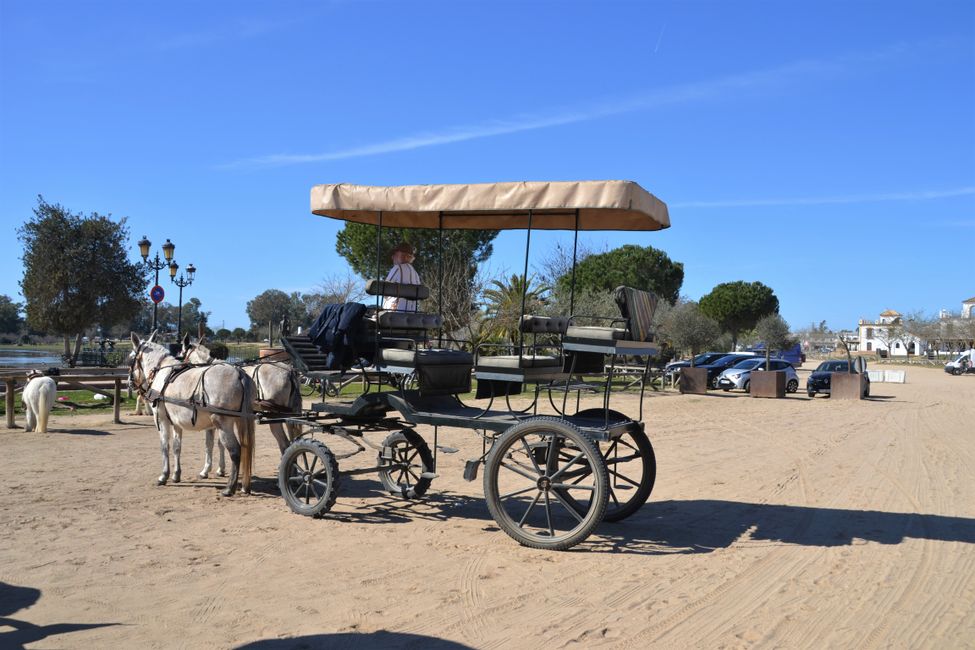
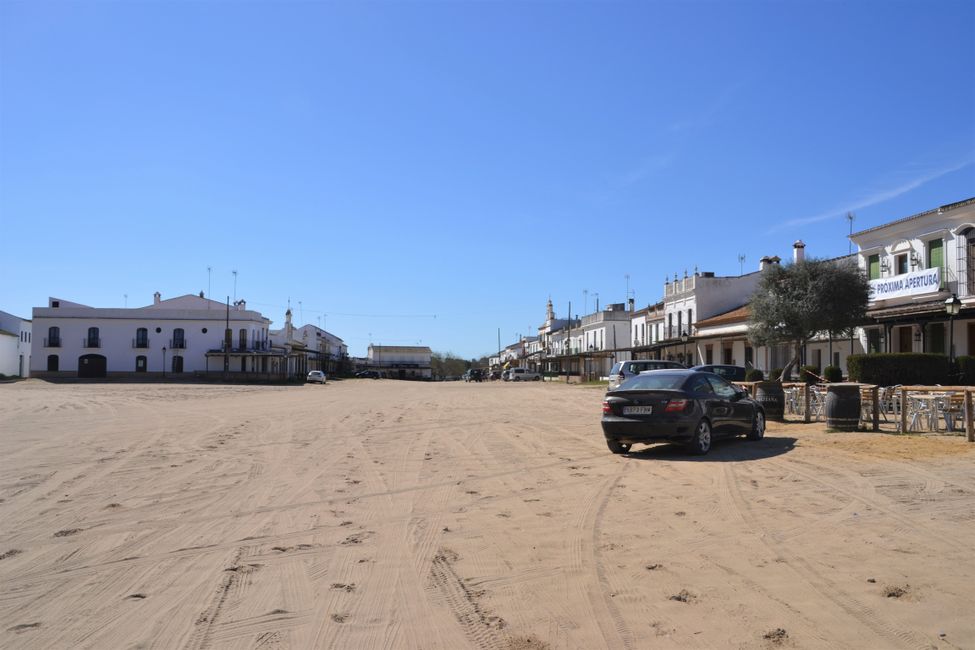
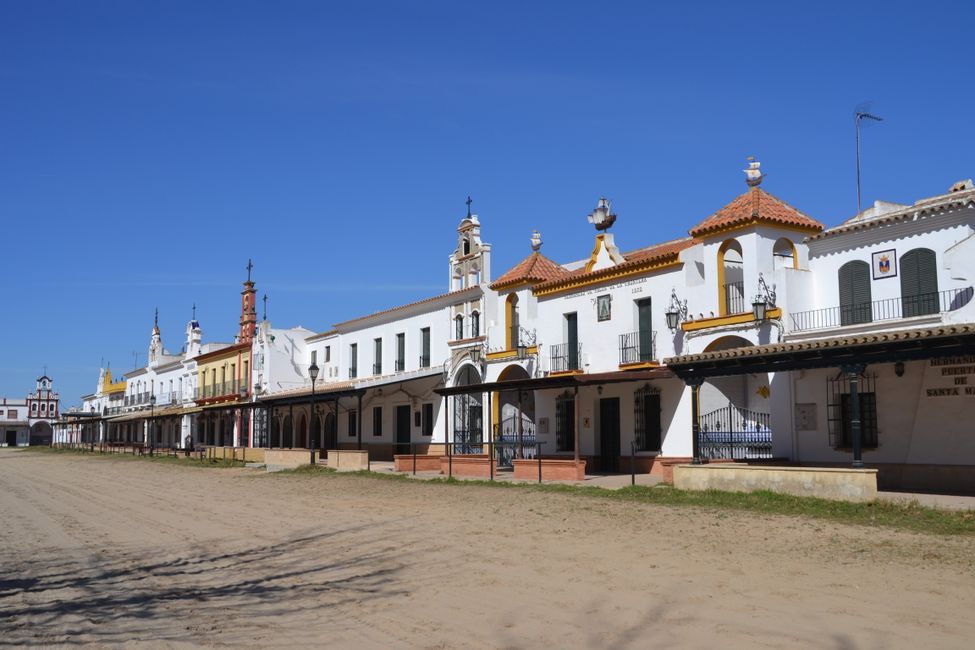
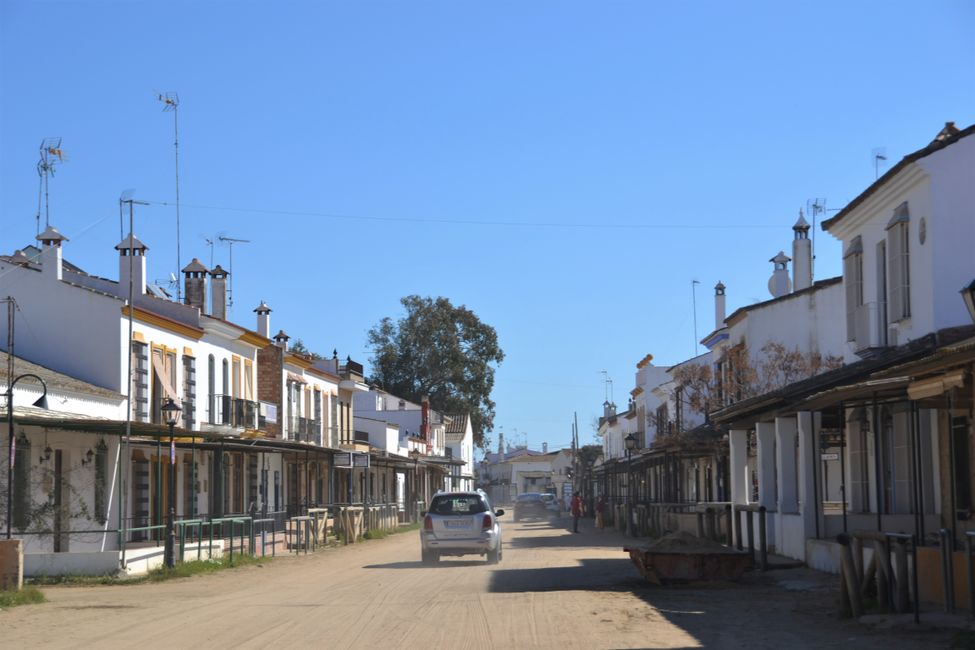
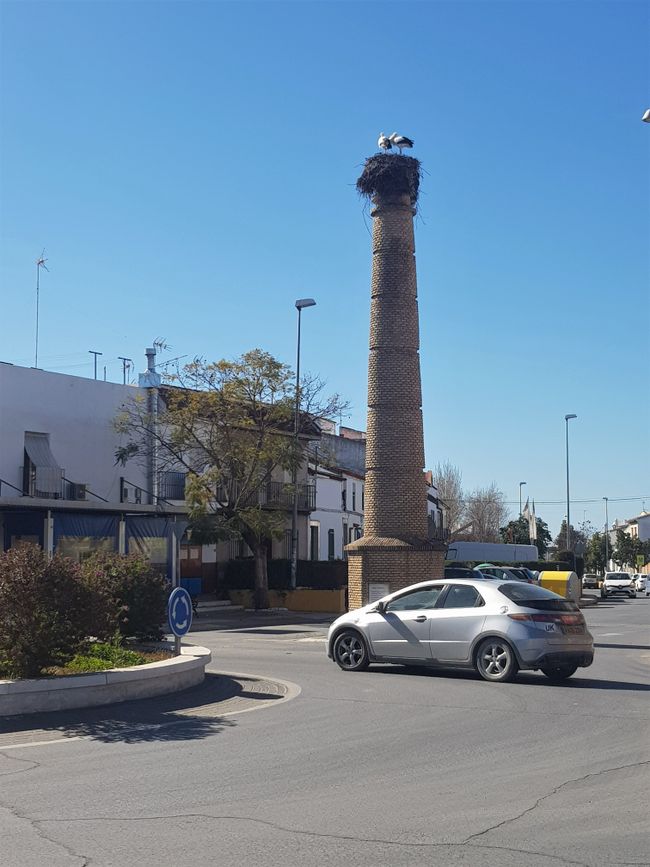
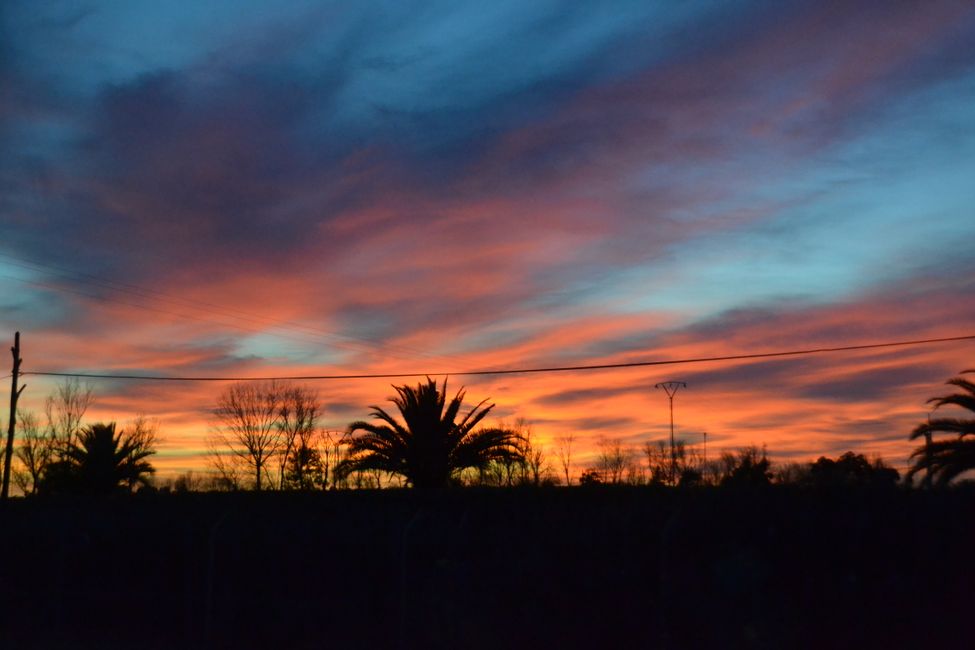
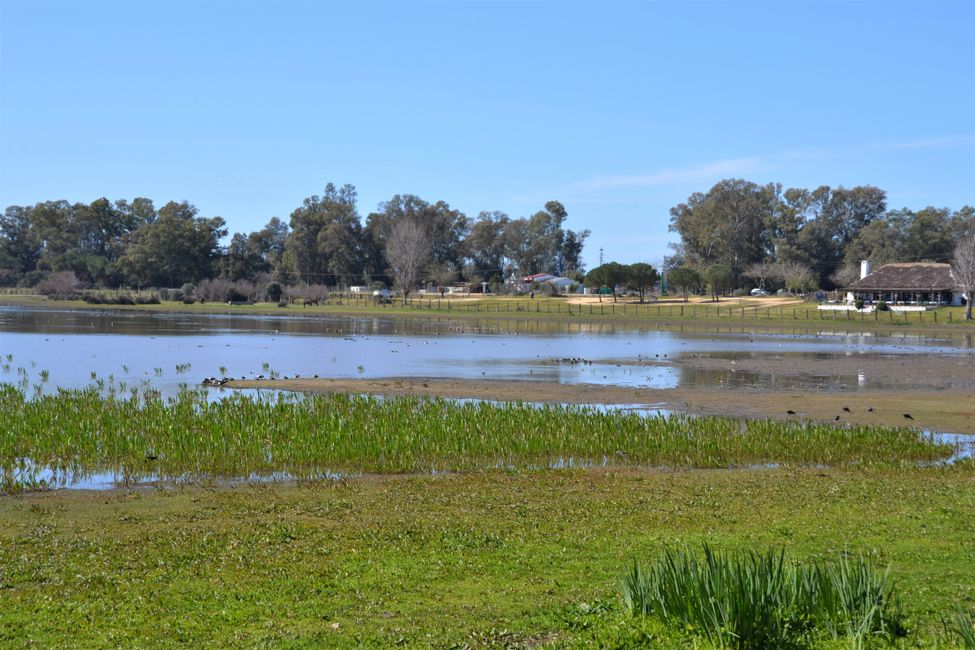
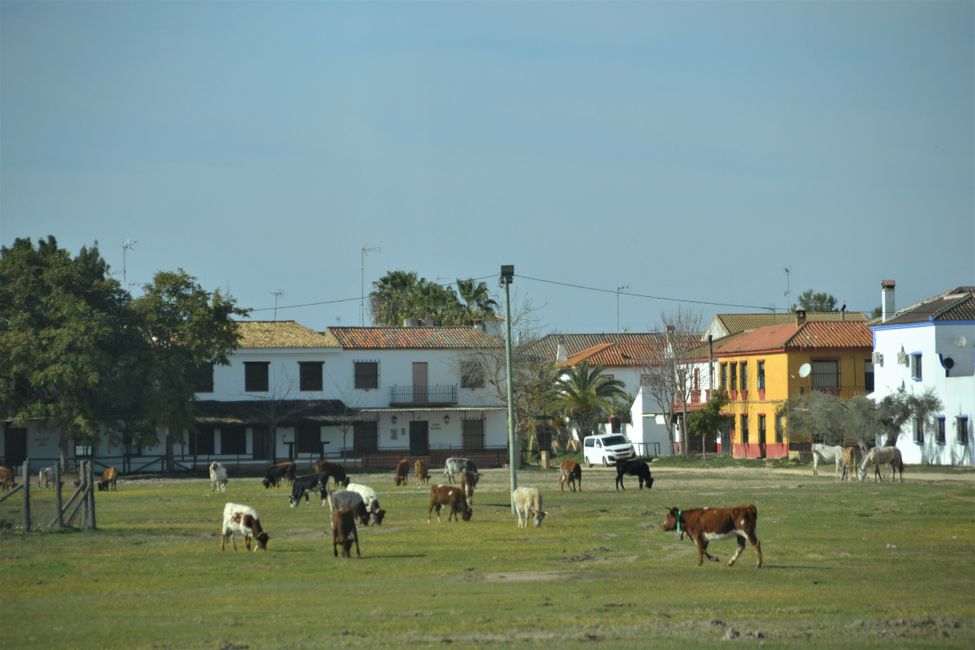
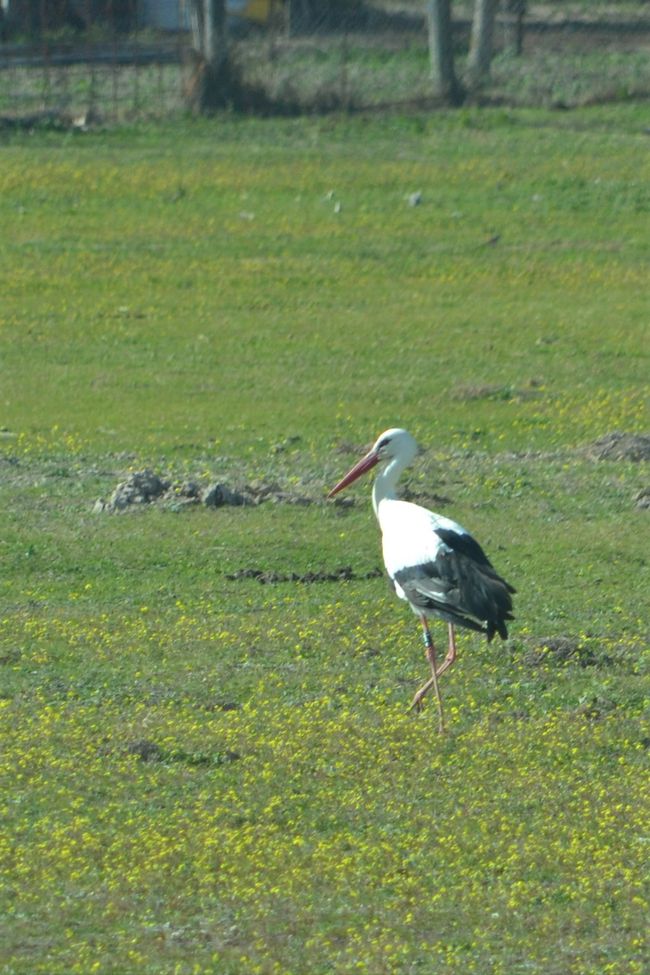
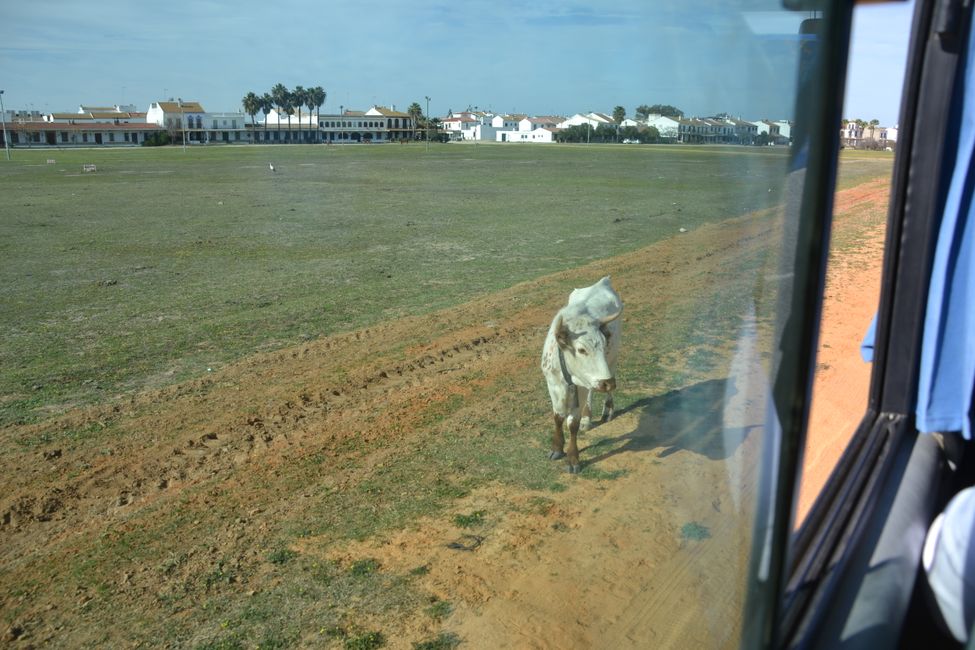

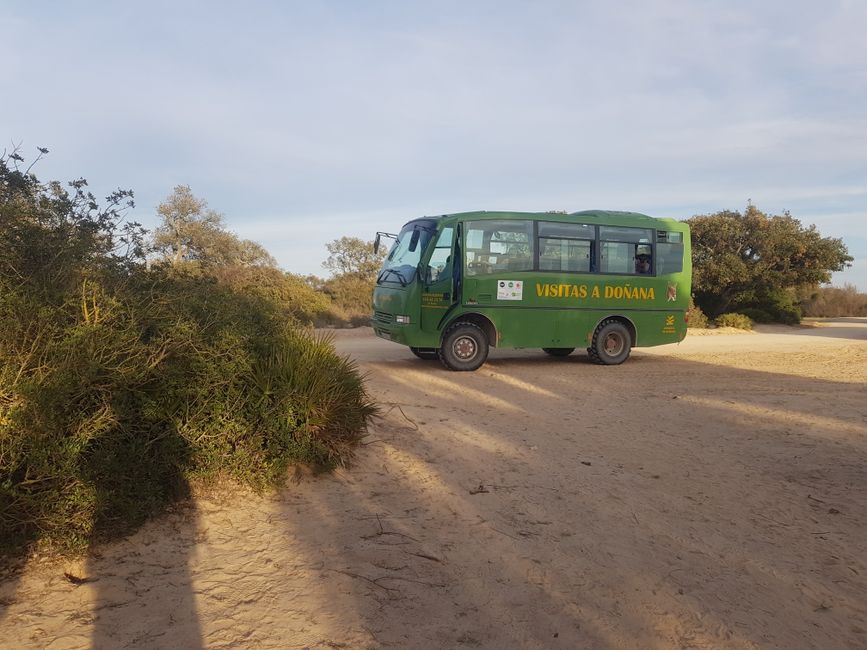
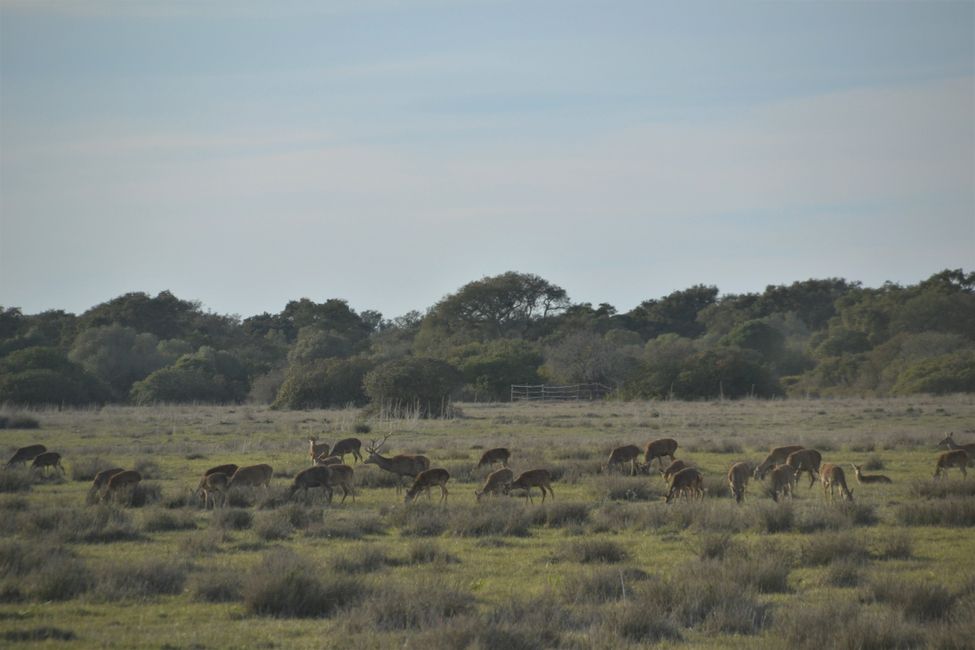
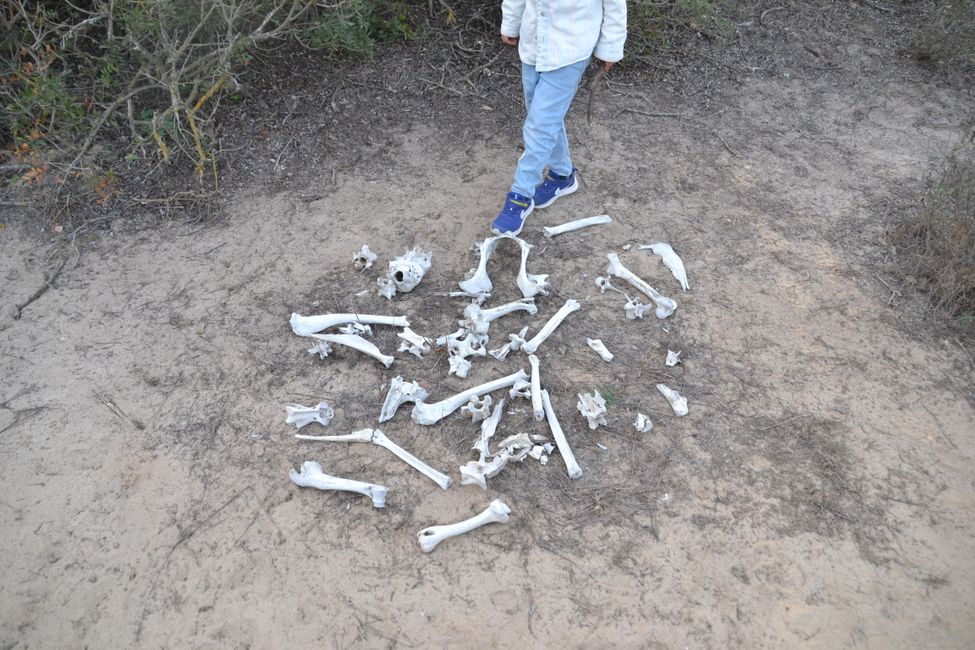
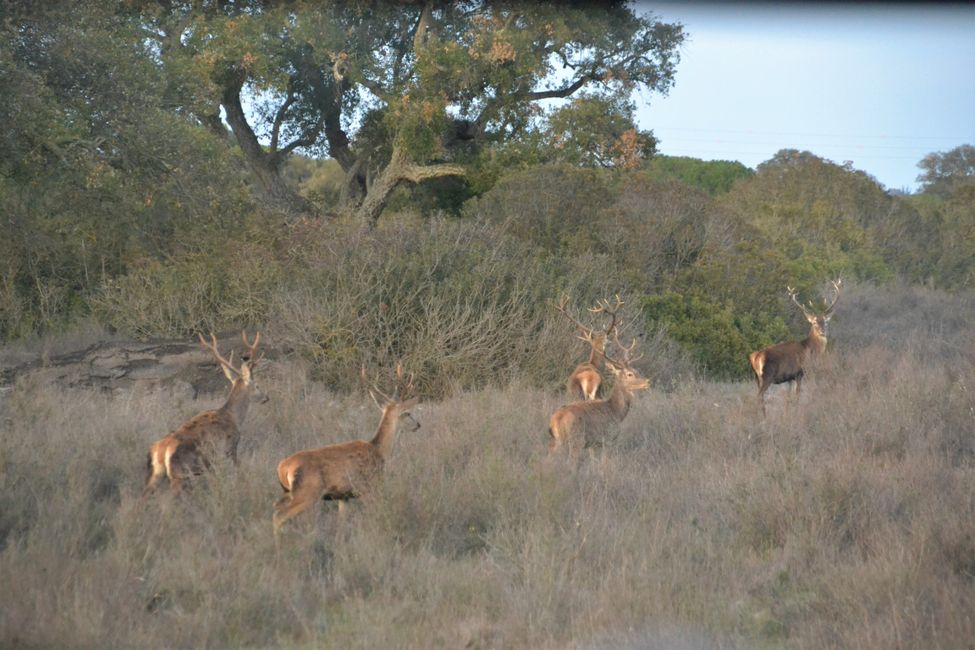
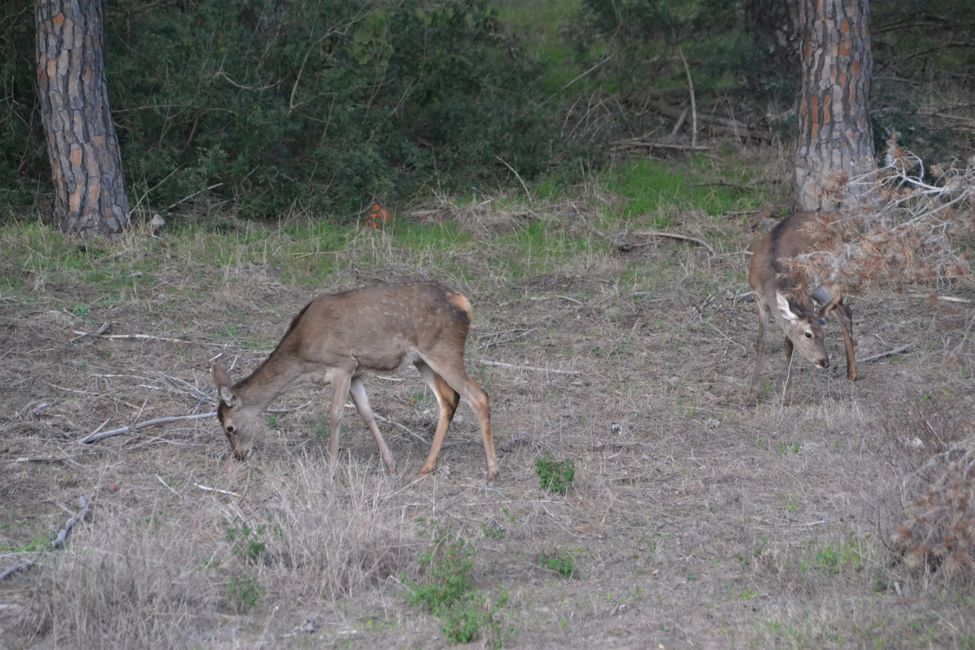
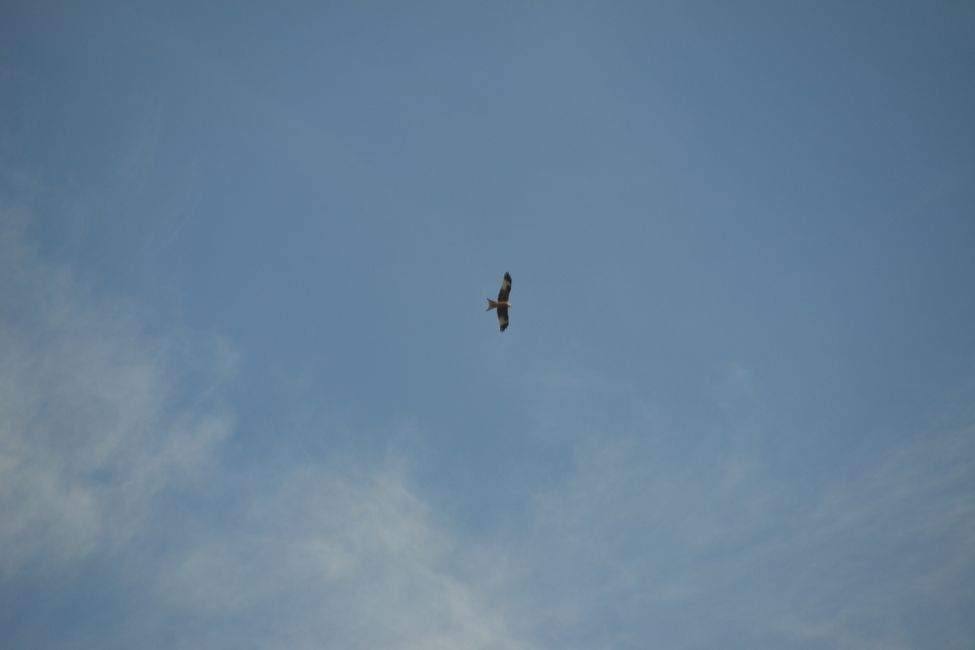
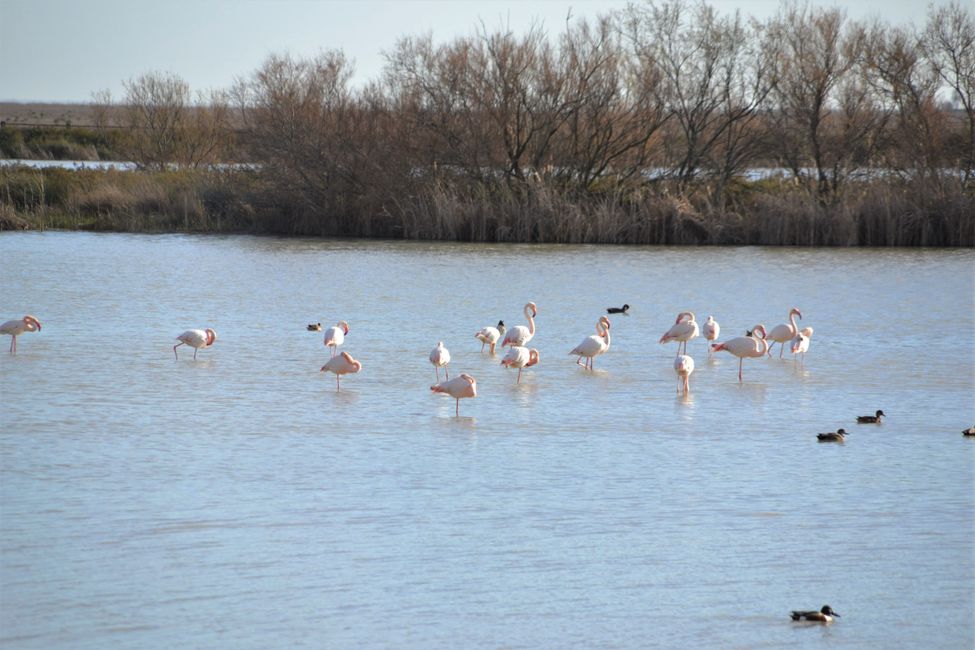
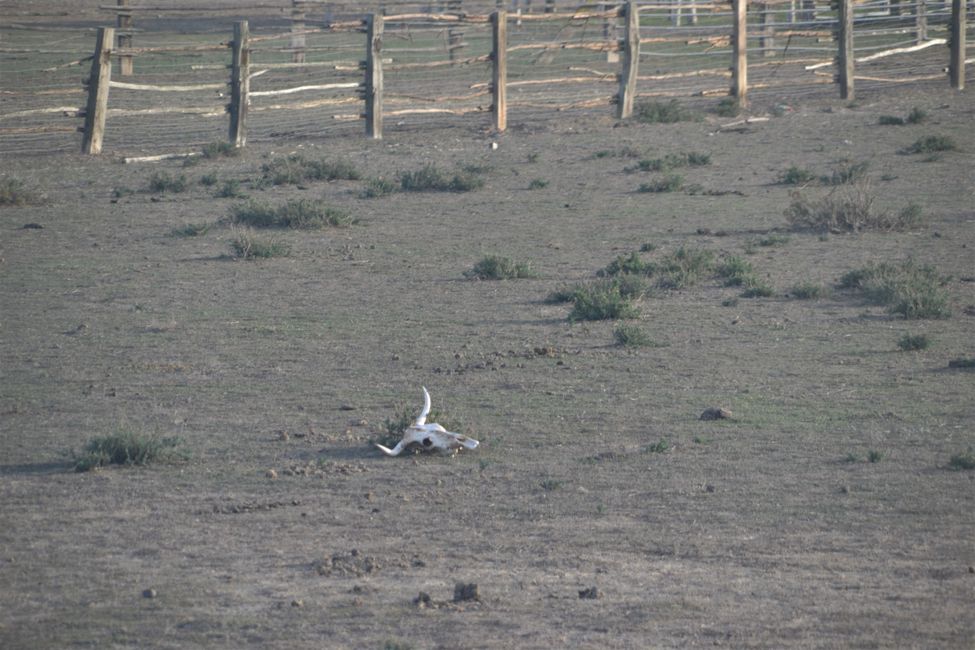
Lembetsani ku Newsletter
February 15-16, 2022: El Rocío
F. Doñana National Park is Spain's largest wetland, where many migratory birds winter and there is a very large population of the endangered Iberian lynx. Before heading into the national park, we first visited Doñana Nature Park. In Spain, a national park is only accessible to the general public through guided tours, whereas the area of the nature park is subject to stricter environmental and construction regulations and is accessible to the population.
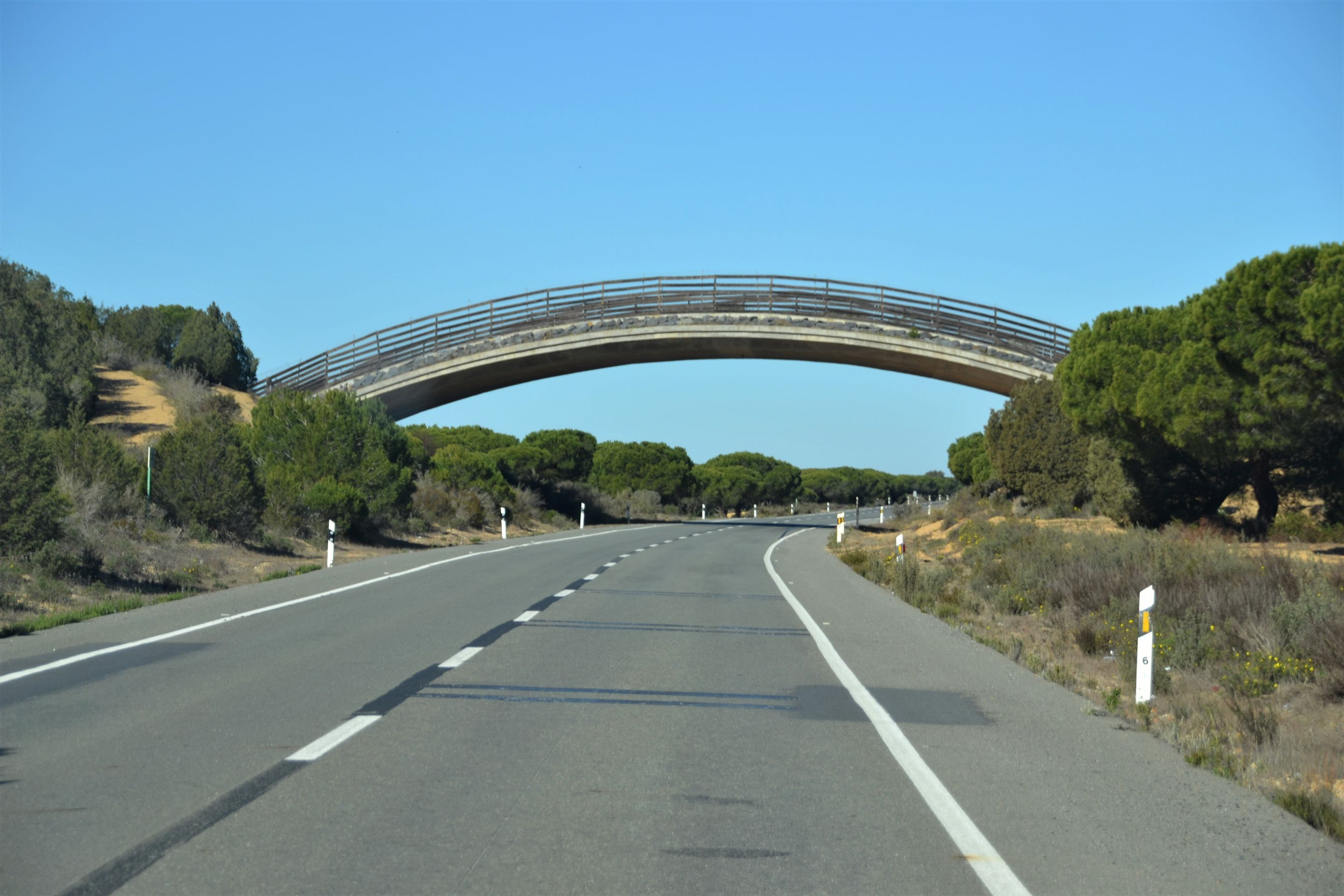
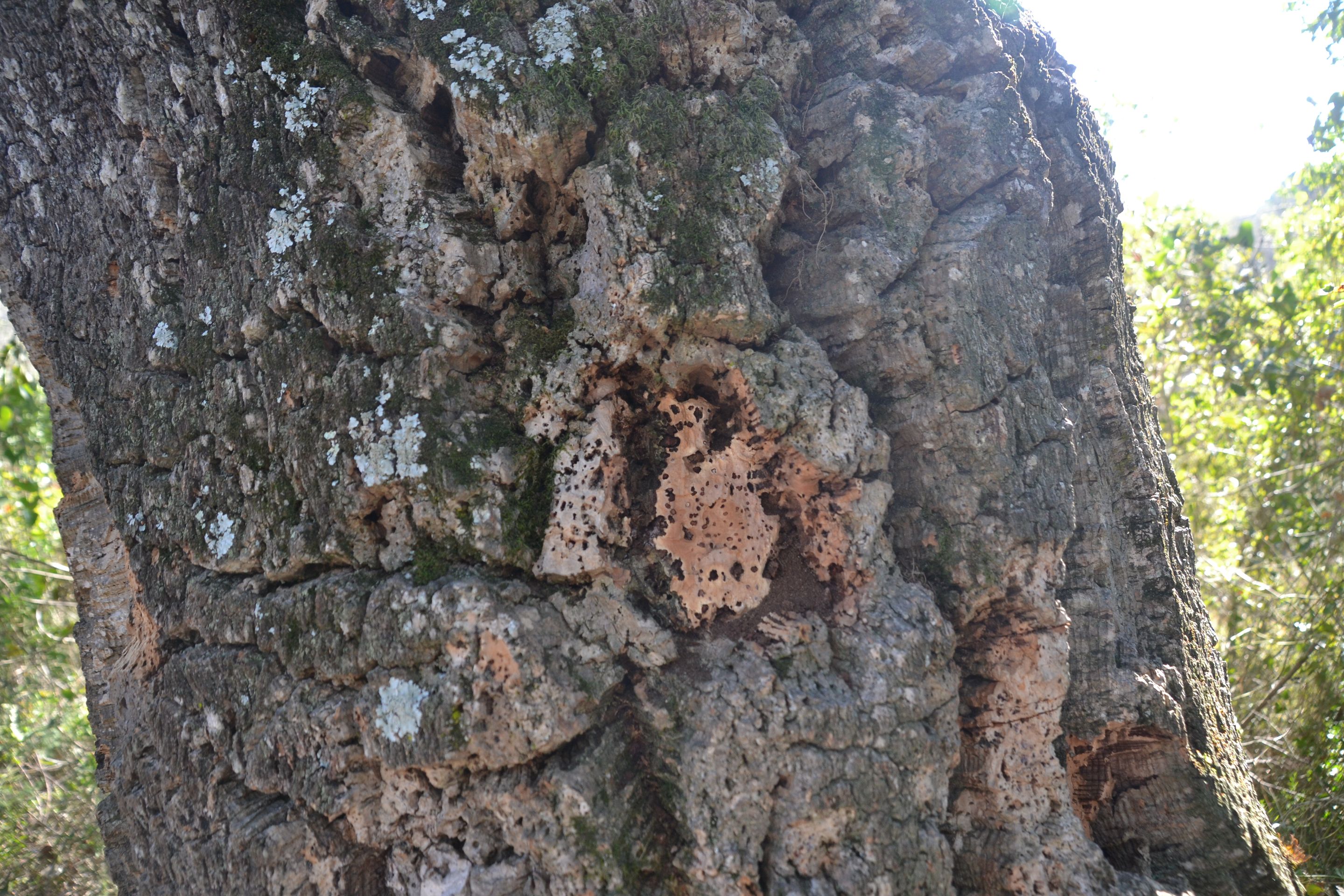
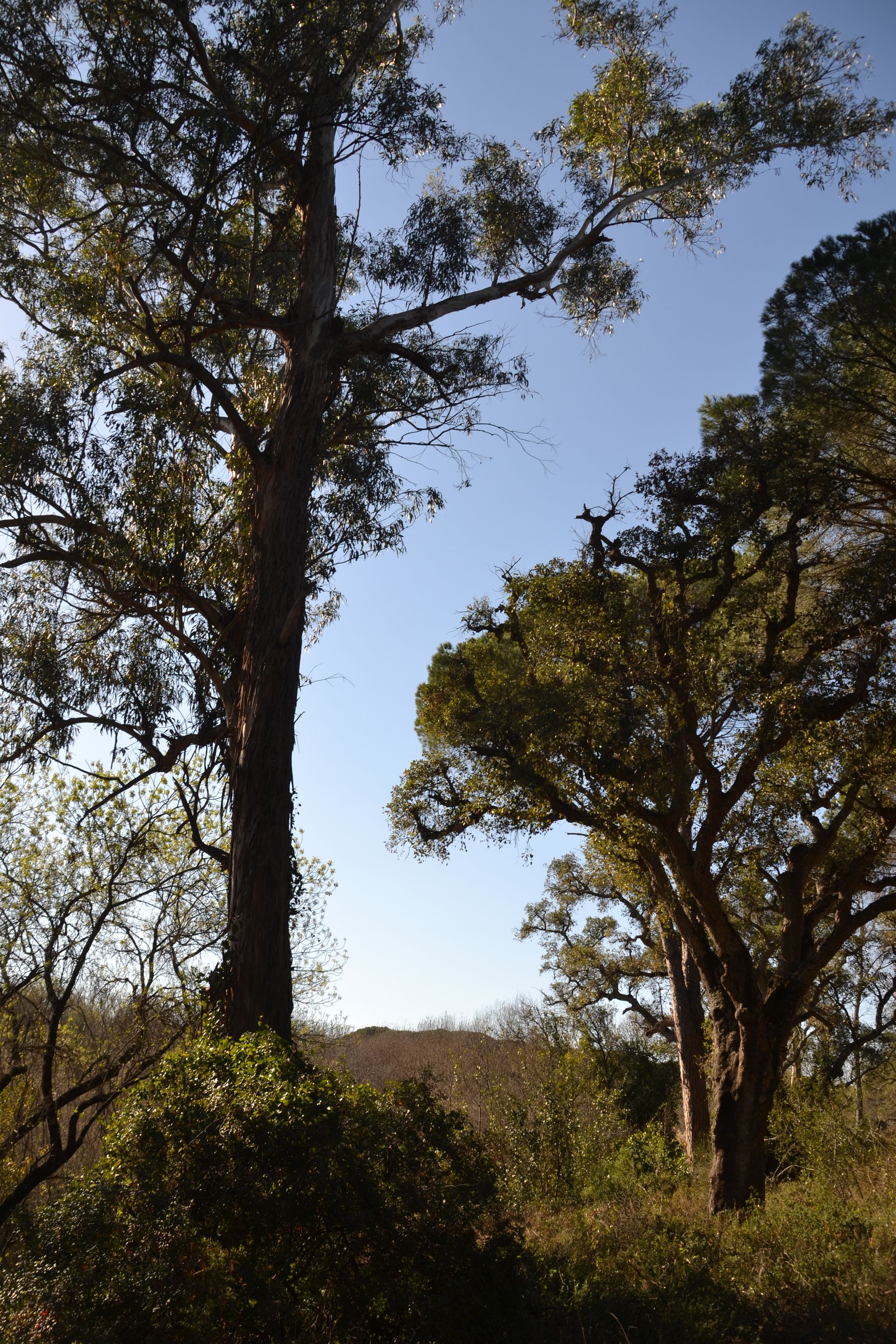
In the pilgrimage site of El Rocío, all the streets are made of sand, as it was deposited there a long time ago to combat the wetness of the wetlands. Afterwards, nobody seems to want to tar or pave these roads. So we strolled through a western town straight out of a book. Long straight sandy streets with houses and small terraces on either side. Occasionally, you can still encounter horses and horse-drawn carriages.

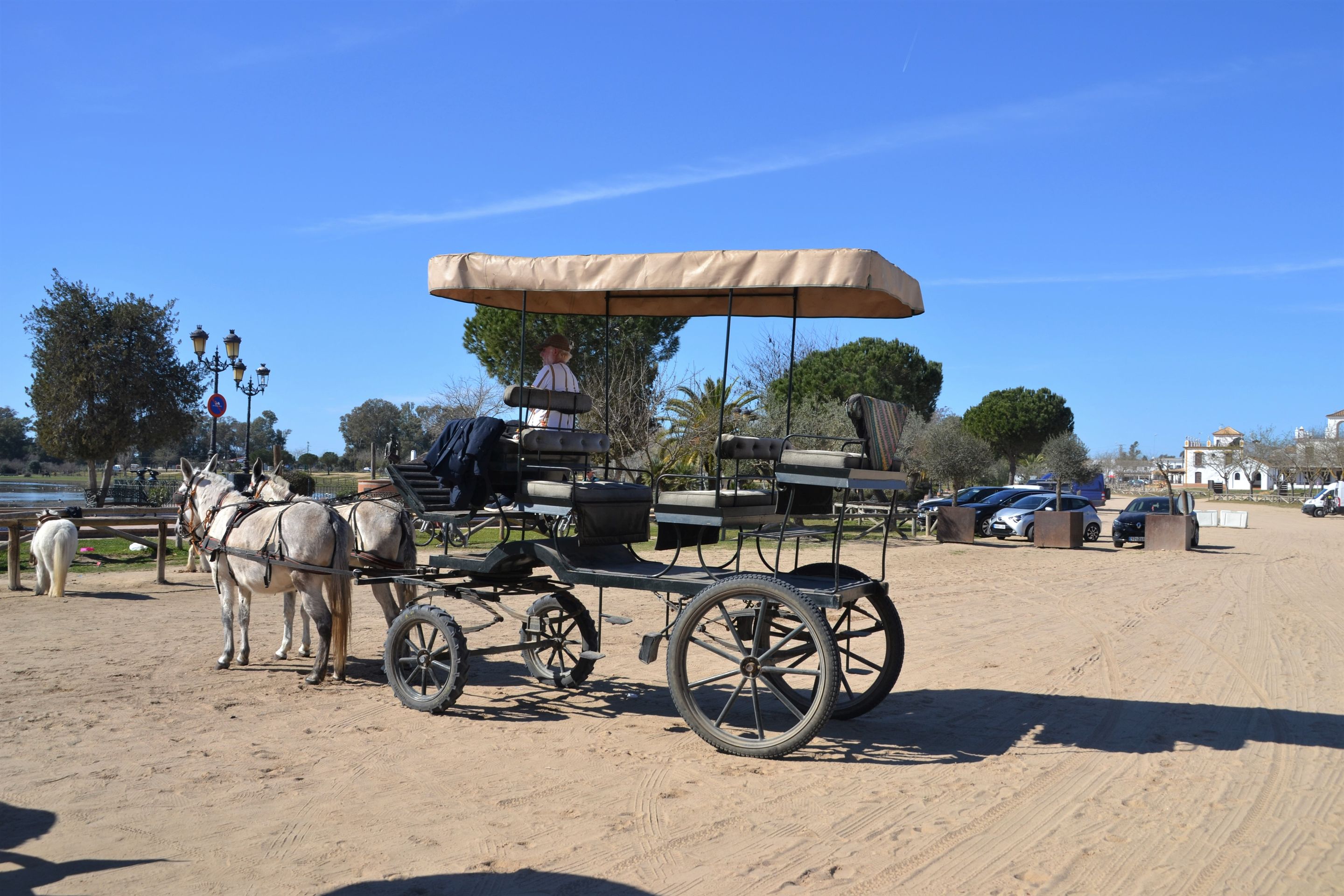
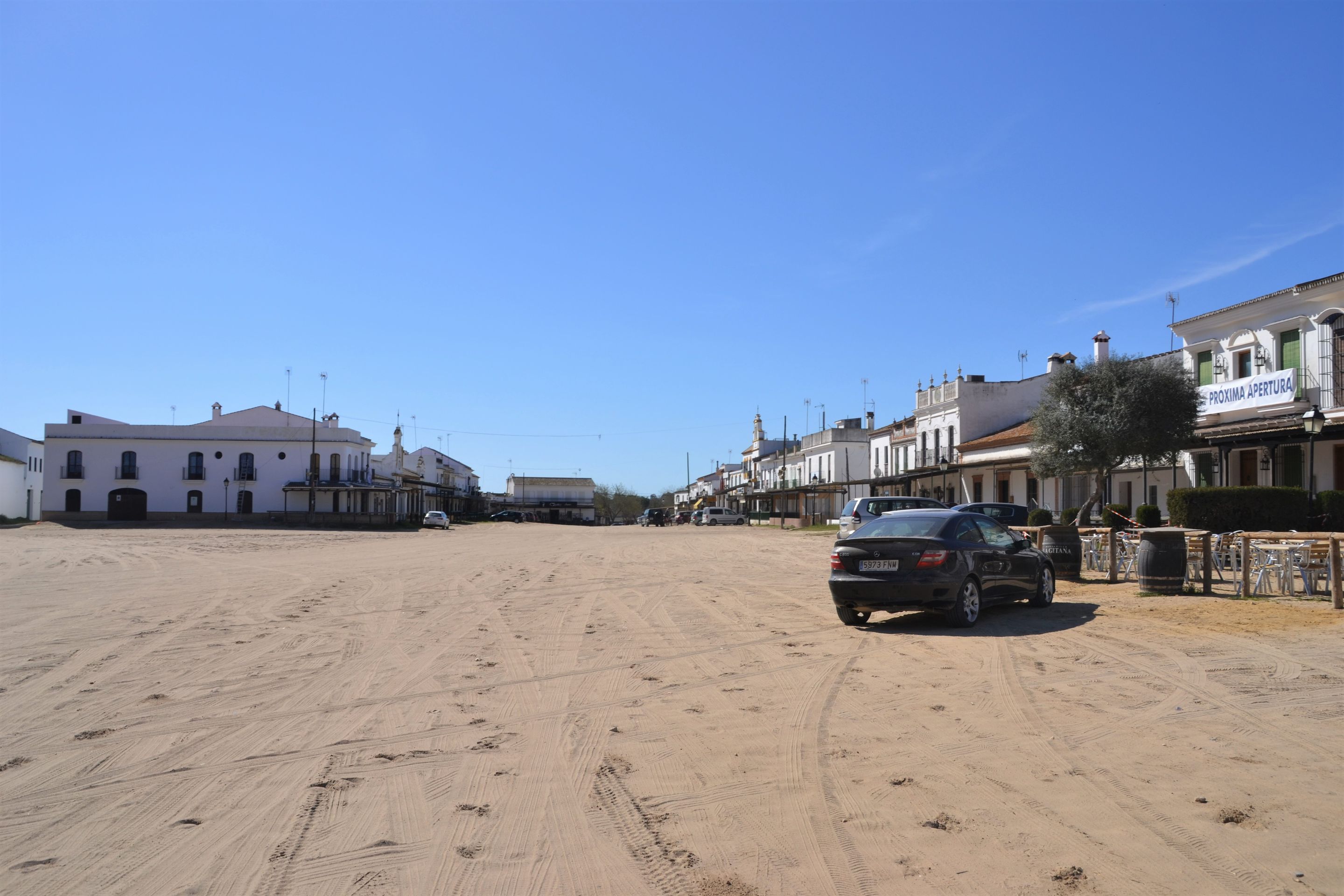


Since it is not allowed to stay overnight in both the national park and the nature park, we drove in the evening to the coastal town of Matalascañas. It was built in the 1970s directly on the border between the national park and the nature park, and subsequently the boundaries of the nature park were drawn around it. This planned city mainly serves as a holiday destination, especially during Pentecost, when over a million pilgrims come to El Rocío. However, parts of it have not yet been completed, so although roads with sidewalks have already been built in the outer areas, the plots of land have not been developed. After 50 years, nature has already reclaimed a large part of this unused construction, as large trees now grow on the roads and sidewalks.


The next day, we went to Doñana National Park with a tour operator. Our safari guide was also our driver, who drove the truck bus with us and the other 20 tourists through the protected landscape. The tour was in Spanish and English, so the guide first told everything in Spanish and then in English, with the English part only intended for 4 people, as the rest were Spanish. As we slowly rocked through the landscape, information about the animal and plant life kept coming from the front. Sometimes, in the middle of a sentence, the statement would be made, "At 1 o'clock, you can see a bird" or "At 3 o'clock, there is a deer". During the four-hour safari, we learned a lot and were able to observe various animals through the binoculars provided for this tour. There were a variety of deer and stags to see, which were relatively close to the vehicle. In addition to storks and other herons, there were also plenty of ducks, flamingos, and other birds to observe in the wetlands. Rabbits and horses were also visible, but the horses are only semi-wild, as they are rounded up once a year for health checks. However, the lynx was very well hidden and we couldn't find it.

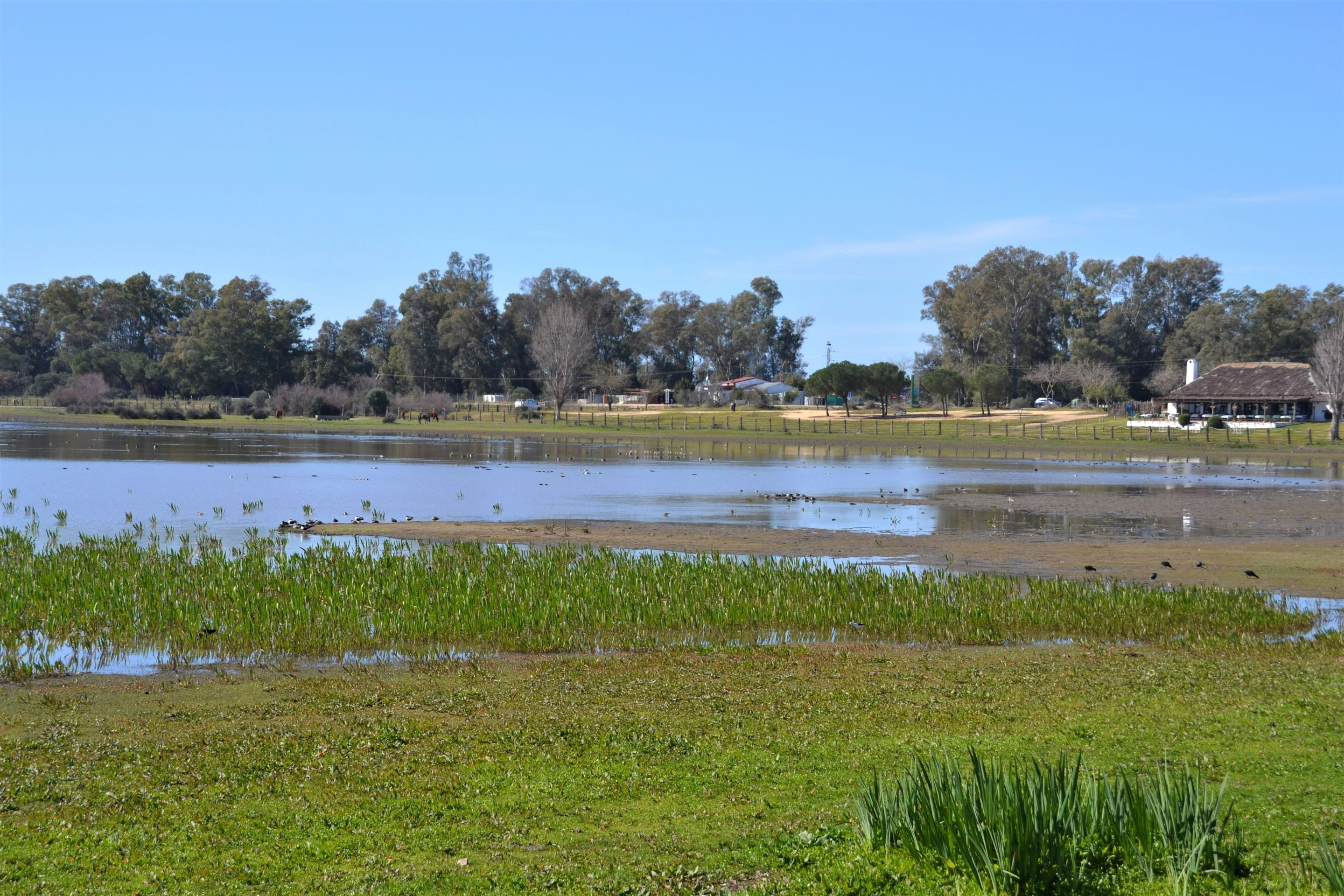
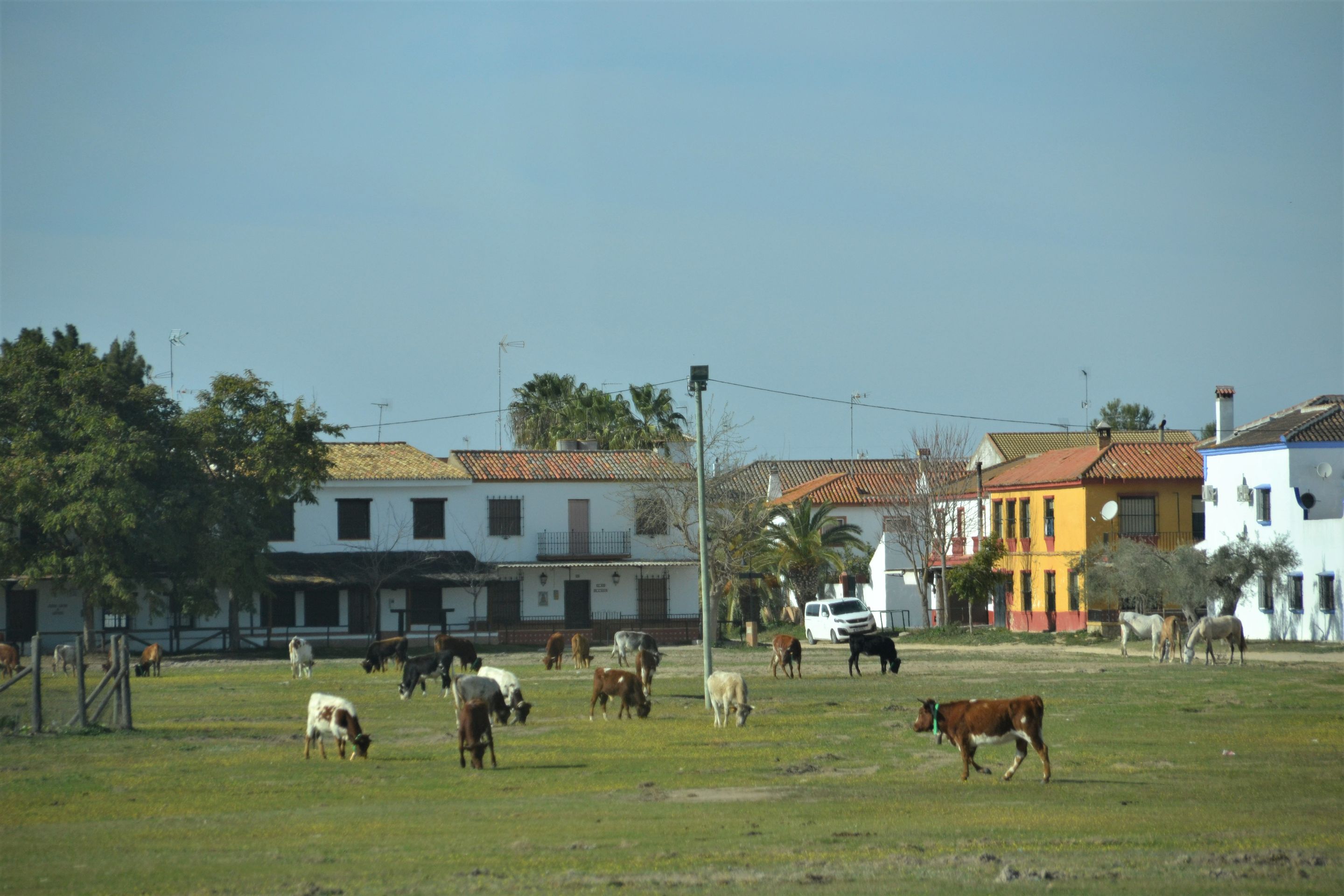
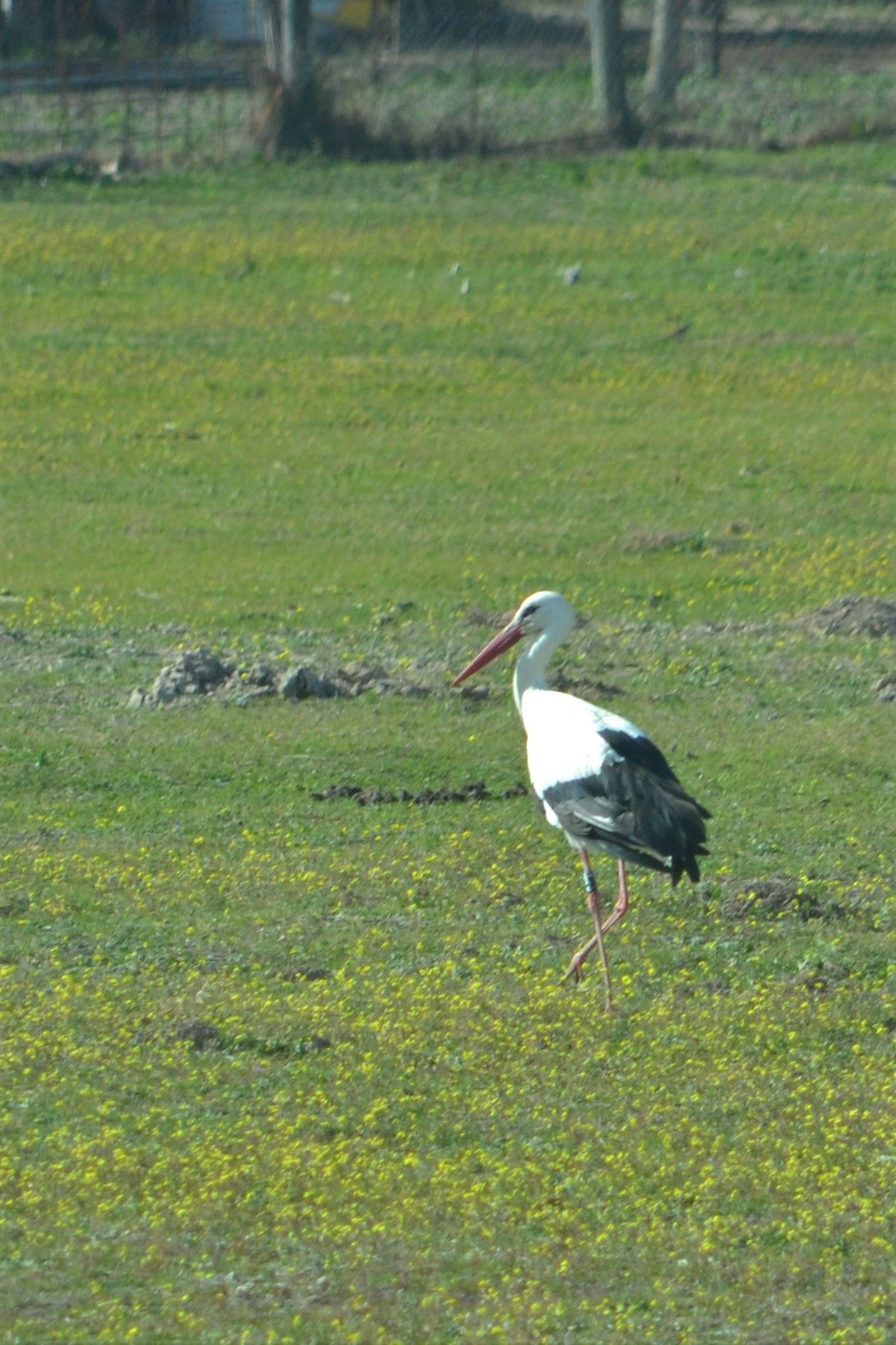
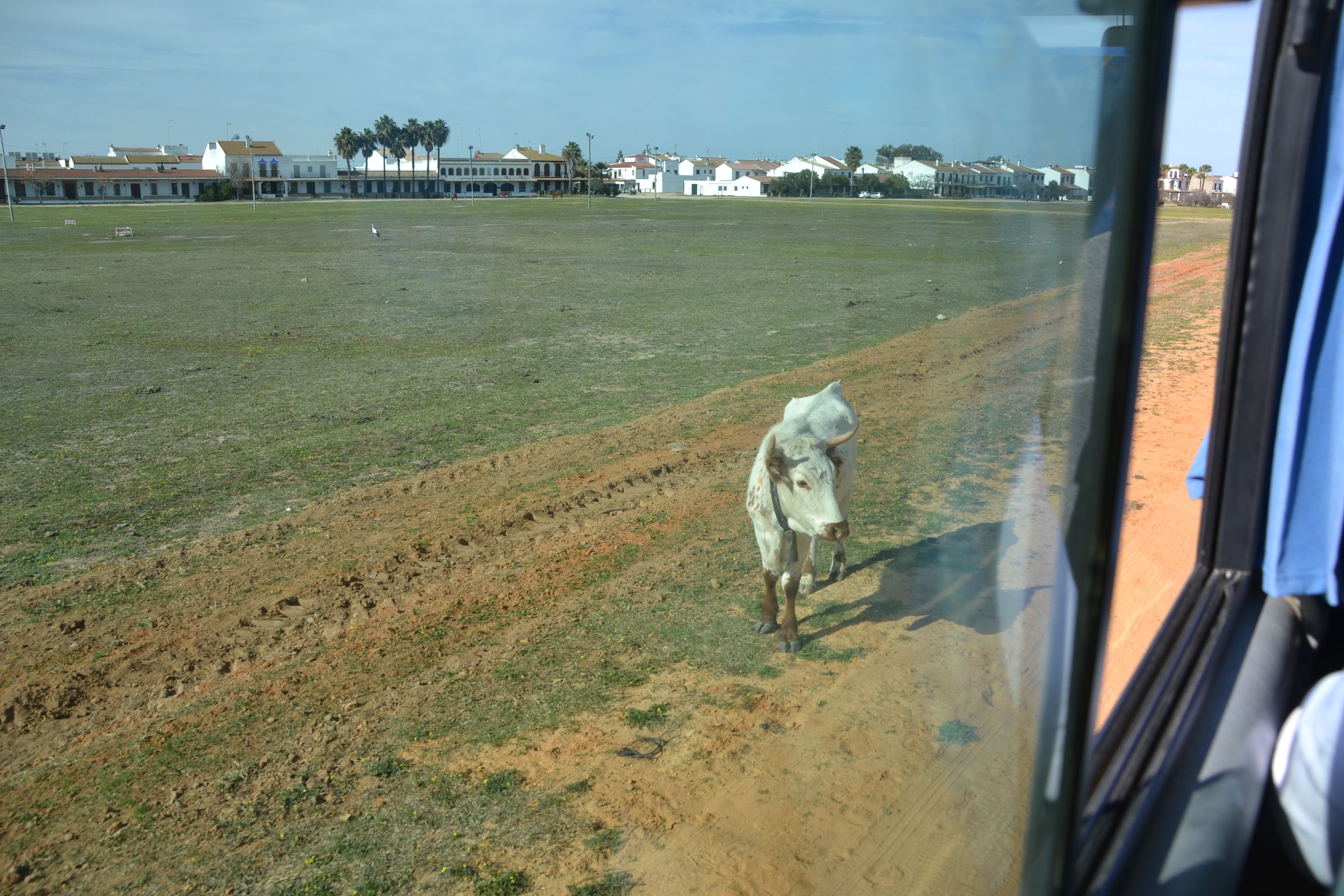





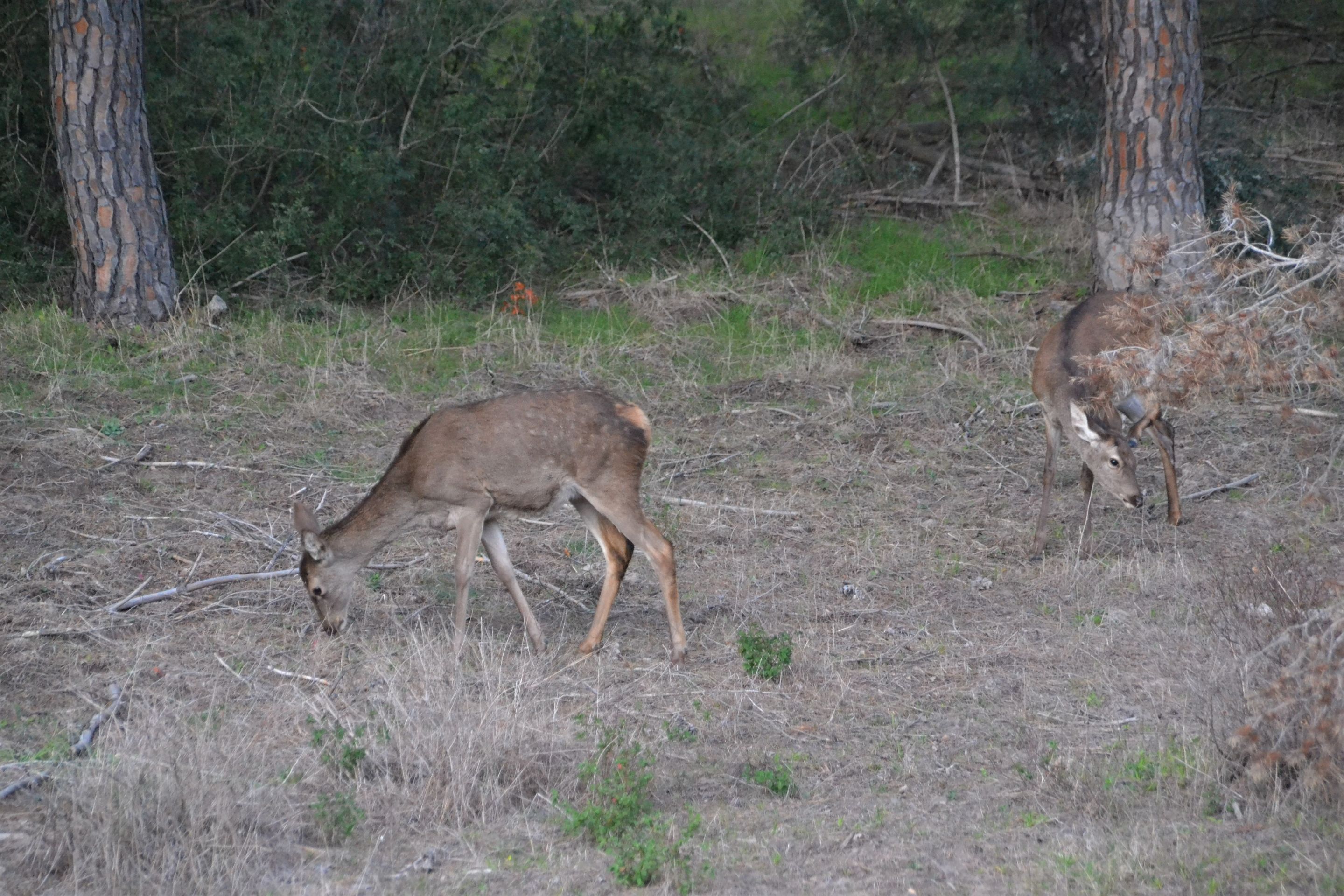
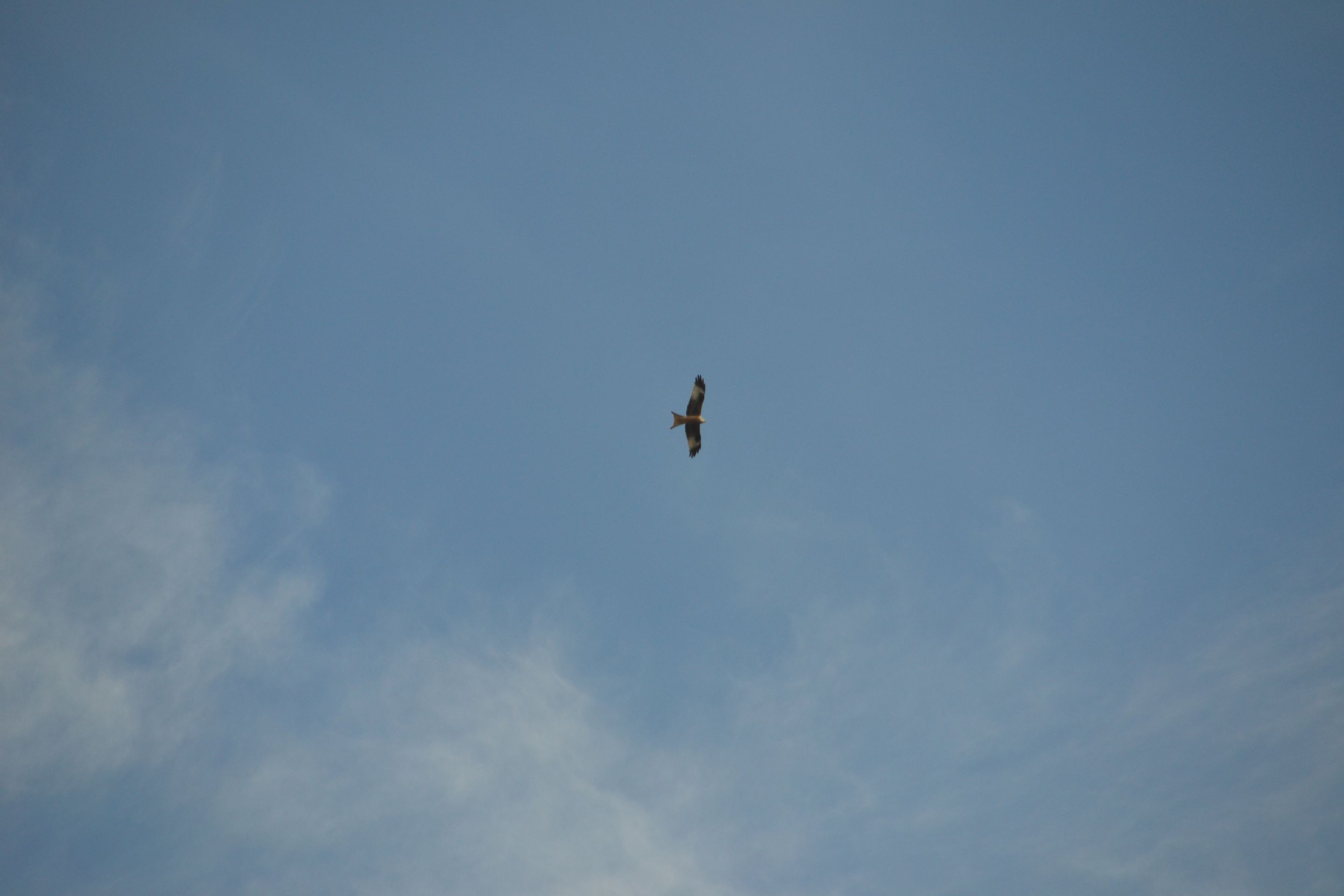

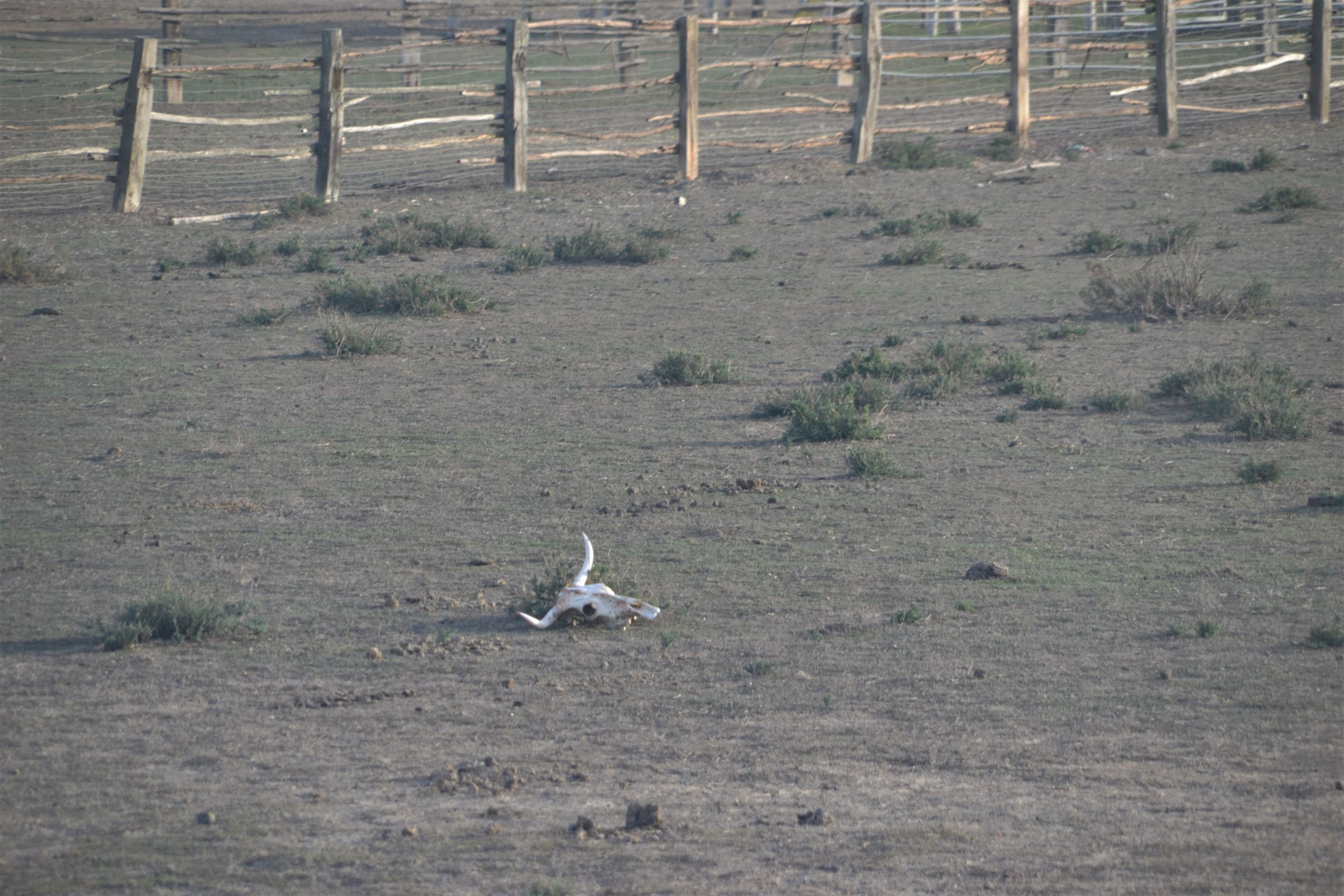
Day 124 - Total tour distance 8,130 km
---- Subscribe ----
If you would like to subscribe to our blog, you can either sign up with Vakantio and click on subscribe or send us a message and we will add you to our own distribution list. Of course, we also appreciate feedback!
Email: querfeld2@gmail.com
Lembetsani ku Newsletter
Yankhani
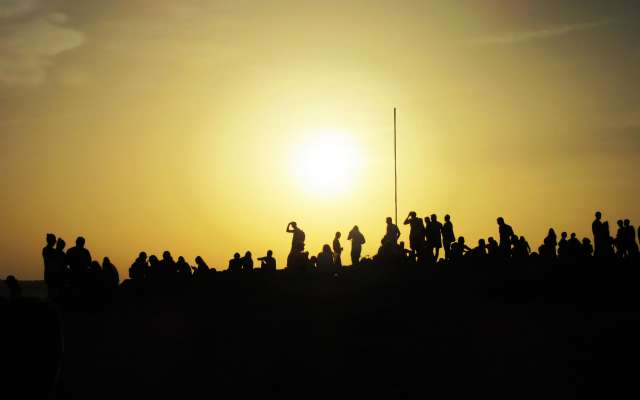
Malipoti amaulendo Spain
